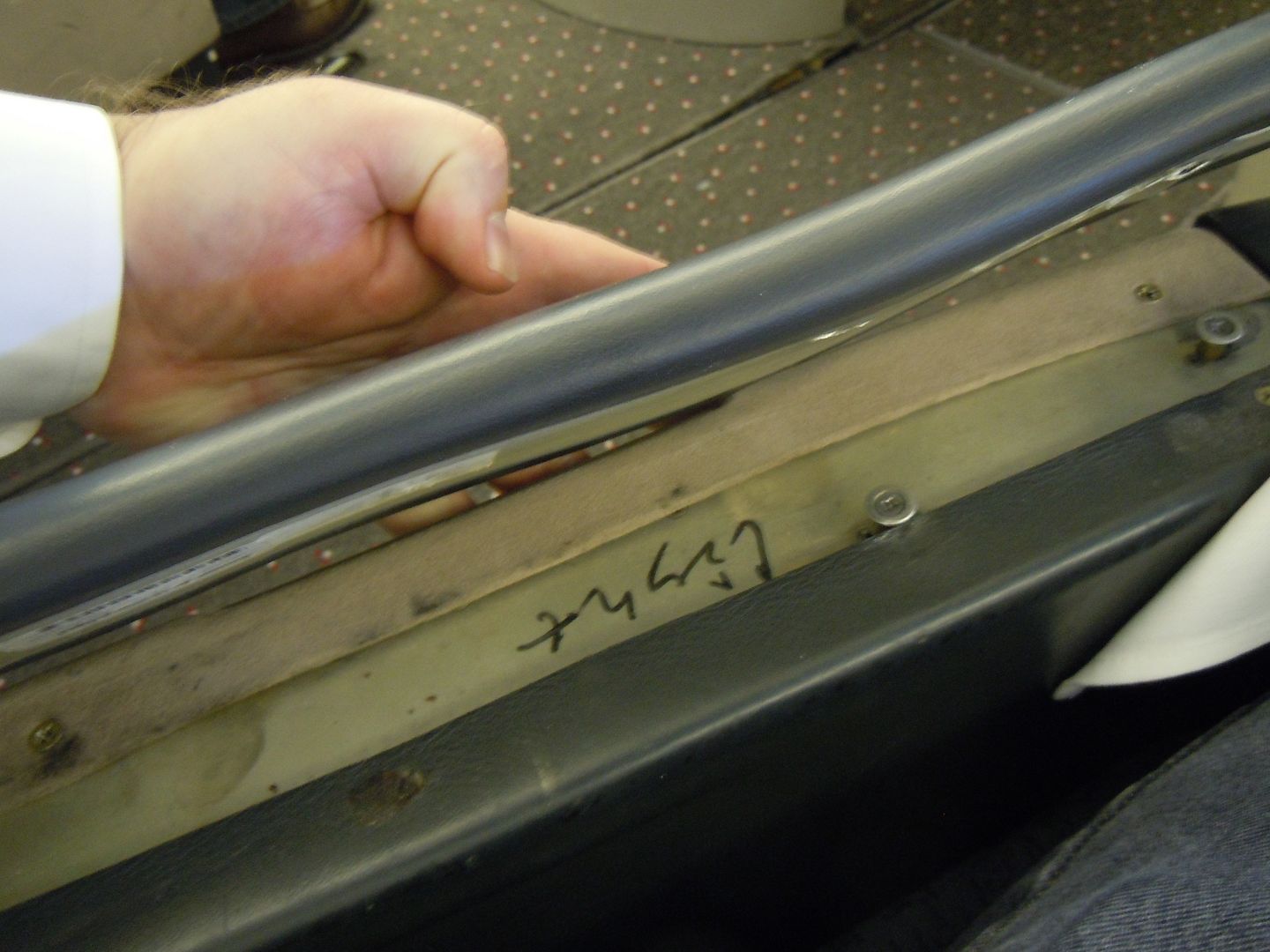Years ago whenever I’d fly United Airlines I would test my seat immediately upon boarding. If my seat was broken, wouldn’t recline, they’d swap me for another seat before the doors closed. But once we were on our way, nonrevs would get to keep the working seats and paying customers would have a problem.
Here’s the arm rest of my first class seat flying Frankfurt – Washington Dulles over Thanksgiving in 2010:

Back then (before Continental management took over) it seemed United had made a decision that it was cheaper to compensate passengers who complained than it was to maintain its cabins.
It’s natural for passengers to wonder if that’s how maintenance is being handled, is the aircraft safe? Except U.S. airlines really haven’t sacrificed safety even during the toughest times. They’ve cut back on passenger experience, but remained safe even when facing financial challenges. (It’s also not a financially sound strategy to risk an accident.)
Indeed most of the things that raise concerns for airline passengers aren’t safety issues.
- Passengers see what looks like duct tape but is actually speed tape which is aluminium pressure-sensitive tape that can stick to an aircraft’s fuselage or wing at high speeds.
- Air conditioning on board aircraft will mist in highly humid conditions.
- Panels dangle from the ceiling. Yes a passenger can get hit my point is this doesn’t affect the aircraft’s ability to fly.
- American Airlines may not bother to fix its seats, so they just fly taped up.


Listen to this sound onboard American Airlines flight AA1729 from Harrisburg, Pennsylvania to Philadelphia this morning. What would you think?
Hey @AmericanAir pretty sure the plane isn’t supposed to sound like this. Made for a very noisy 1.5hr flt early this am pic.twitter.com/faEuWh49zg
— Doug [SBU] (@GrayManActual) July 28, 2018
The flight took an hour delay but was cleared to fly.
The safety of our customers and flight crew is our top priority! We've checked with our maintenance team, they assure us we were good to fly
— American Airlines (@AmericanAir) July 28, 2018
There are plenty of passenger experience issues that aren’t safety issues. That doesn’t mean airlines should ignore them, of course.


I disagree.
It’s about mindset. Once an airline fails to keep on top of maintenance, something has warped in the culture and that cultural change *can* put safety at risk. A mindset of shortcuts and bodges can, like a virus, affect how people approach safety critical systems.
Okay, but it’s human nature to connect a poorly maintained interior with a poorly maintained aircraft. It’s very similar to my view towards the exterior of restaurants and businesses. If they look dirty, run down, and messy on the outside I don’t even want to venture inside. So same theory applies here. If an airline has terribly maintained interiors it doesn’t build my confidence that everything else is being properly maintained.
I completely disagree as well. @Traveler is 100% correct and studies support it; safety margins shrink in a company whose culture is “it’s good enough”. None of the aircraft you pictured should have ever left the maintenance hangar.
A filthy Uber with broken windows and tape on their seats may be perfectly safe, but would you take it?
Unfortunately, in an airline’s mindset, if the plane is not flying and is undergoing maintenance, it’s not making money.